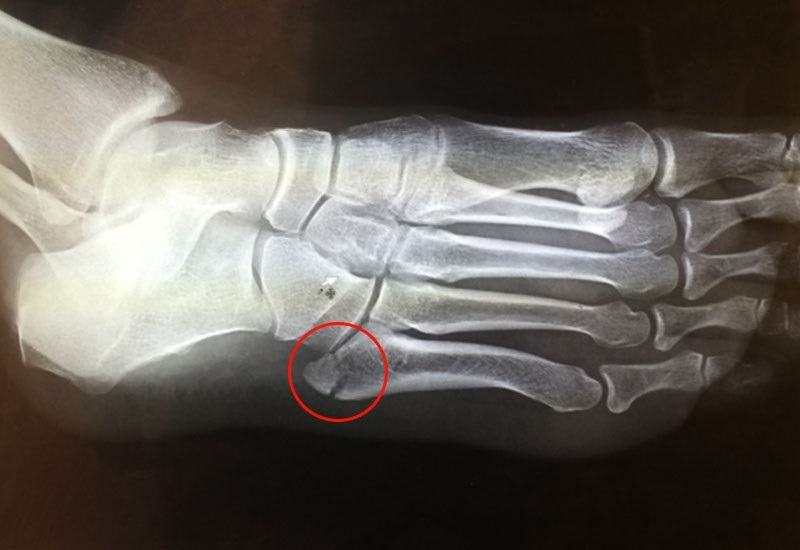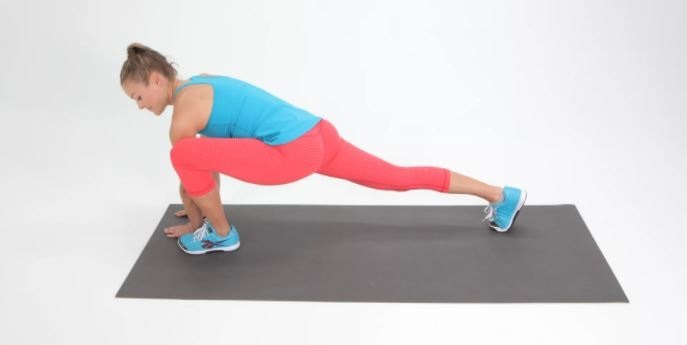
03 May Arthritis
Arthritis affecting joints in the feet can have far-reaching effects on other parts of the body; your ligaments, tendons and muscles are forced to work harder to maintain stability. This can cause overuse injuries including ankle sprains, torn ligaments and a greater risk of falls.
Because each foot contains 33 joints and bears a tremendous amount of weight and pressure, feet may be more susceptible to arthritis than other part of the body. When arthritis affects the feet, it makes standing and movement very uncomfortable.
Another key concern for arthritis sufferers is chronic pain, which has huge effects on overall health. Severe pain not only limits movement, but also disturbs sleep and can lead to problems with mental health and overall well-being.
While arthritis may occur in any part of the foot, certain forms of arthritis have a tendency to affect specific parts. For example, rheumatoid arthritis commonly affects the smaller joints of the foot while osteoarthritis tends to involve the big toe or the ankle.
The signs and symptoms of arthritis of the foot vary, depending on which joint is affected.
Foot care can relieve pain, maintain function and improve quality of life using safe, cost-effective treatments. An annual foot review is recommended for patients at risk of developing serious complications. Podiatrists work with your GP to provide education and information to help you manage the condition, improve pain and prevent further damage to your joints.
People who suffer with Arthritis are often concerned that by being physically active they will cause pain or increased damage to their joints, when in fact gentle physical activity can reduce some of the symptoms of Arthritis and improve joint mobility and stability.
How can a podiatrist help with arthritis?
There are many things a podiatrist can do to help people with arthritis including:
- Functional assessment of the lower leg and feet
- Advice about strategies for managing the condition.
- Exercise prescription to help to keep the joint moving and relieve any stiffness and pain. This can greatly improve your quality of life and your general comfort and mobility.
- Orthotic insoles and shoes specifically made to support your foot will increase cushioning or shock absorption, they can also direct pressure away from the more sensitive areas of the feet to make walking easier.
Even with the best of treatment, arthritis of the foot and ankle may continue to cause you pain or changes in your activities. However, proper diagnosis and treatment will help to minimise these limitations and allow you to lead a productive, active lifestyle.
TOWARDS WELLNESS
Exercise in an Effective Stressbuster
If exercise were available as a pill, experts say, everyone would be taking it. One reason is that exercise is very good at defusing stress. If you exercise — especially right when the stress response is triggered — you burn off stress hormones just as nature intended, instead of letting them pile up.
What’s more, just about any form of motion on a regular basis helps relieve pent-up tension. Rhythmic, repetitive movements, such as walking, running, swimming, bicycling, and rowing — and specific types of exercise such as yoga – elicit the relaxation response, too. Regularly engaging in these kinds of activities can help you ward off everyday stress.
S-T-R-E-T-C-H OF THE MONTH
The Runner’s Stretch
- Step your right foot forward and lower into a lunge, placing your fingertips on the floor or on two firm cushions if your hands can’t reach.
- Breathe in, then, in one motion, exhale as you straighten your right leg. Slowly return to the lunge position. Repeat four times. Switch sides.
If you think you have over pronation, please respond to this email with ‘Please Help!’ and we will be in touch. Alternatively, you can visit our website or call 02 4702 0221 to make an appointment.

